Since the COVID-19 pandemic, working from home has become the new normal for some. At Torbay Physiotherapy and Hand Therapy, we are seeing more and more patients complaining of neck pain and stiffness. This can commonly be associated with an incorrect work set up and/or inadequate strength of postural muscles.
Having the correct ergonomic work environment can be one way to reduce your risk of developing neck and back pain.
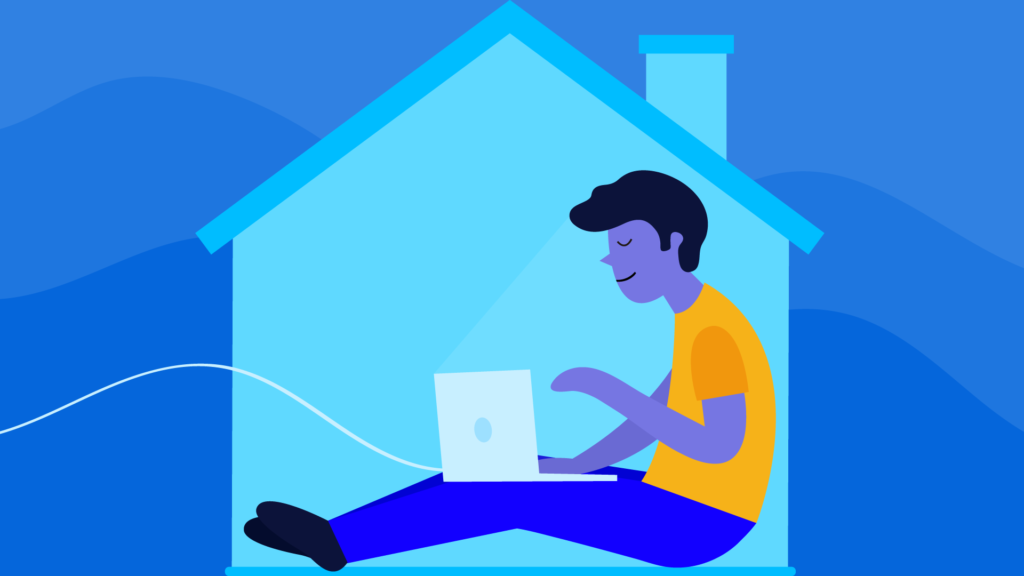
Work from home (WFH)
Working from home can have its benefits such as having a relaxed dress code, avoiding peak hour traffic or saving some money on lunches that is usually spent at the bakery next to the office.
However, there are also disadvantages. For instance, slouching on the couch when working may seem like a good idea at the time but in fact this set up can sometimes leave you with neck and back pain.
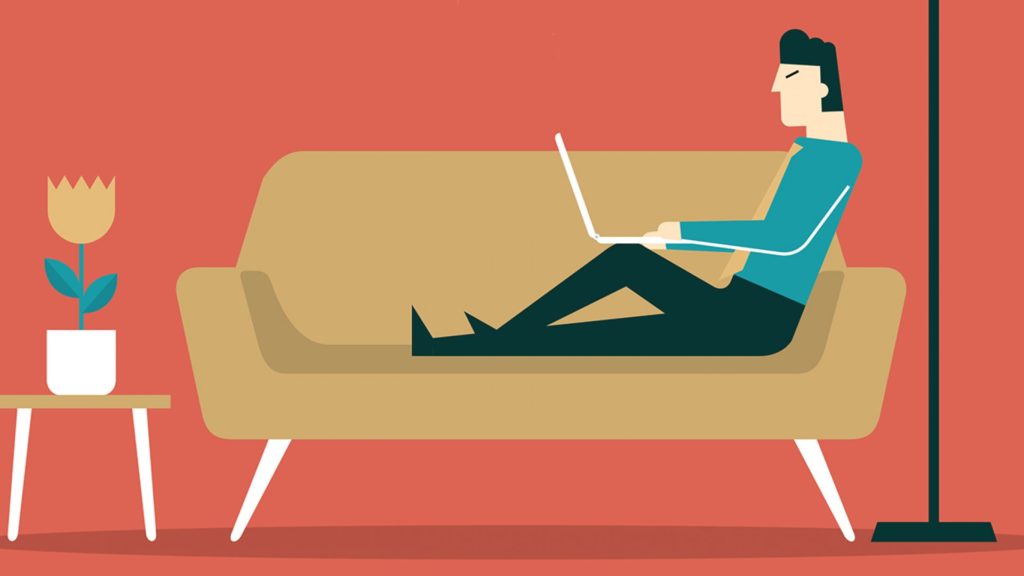
The Human Spine
The vertebrae is made up of 33 bones and comprises of five regions: the cervical spine (neck), the thoracic spine (mid back), the lumbar spine (lower back), the sacral spine and the coccyx (tail bone).
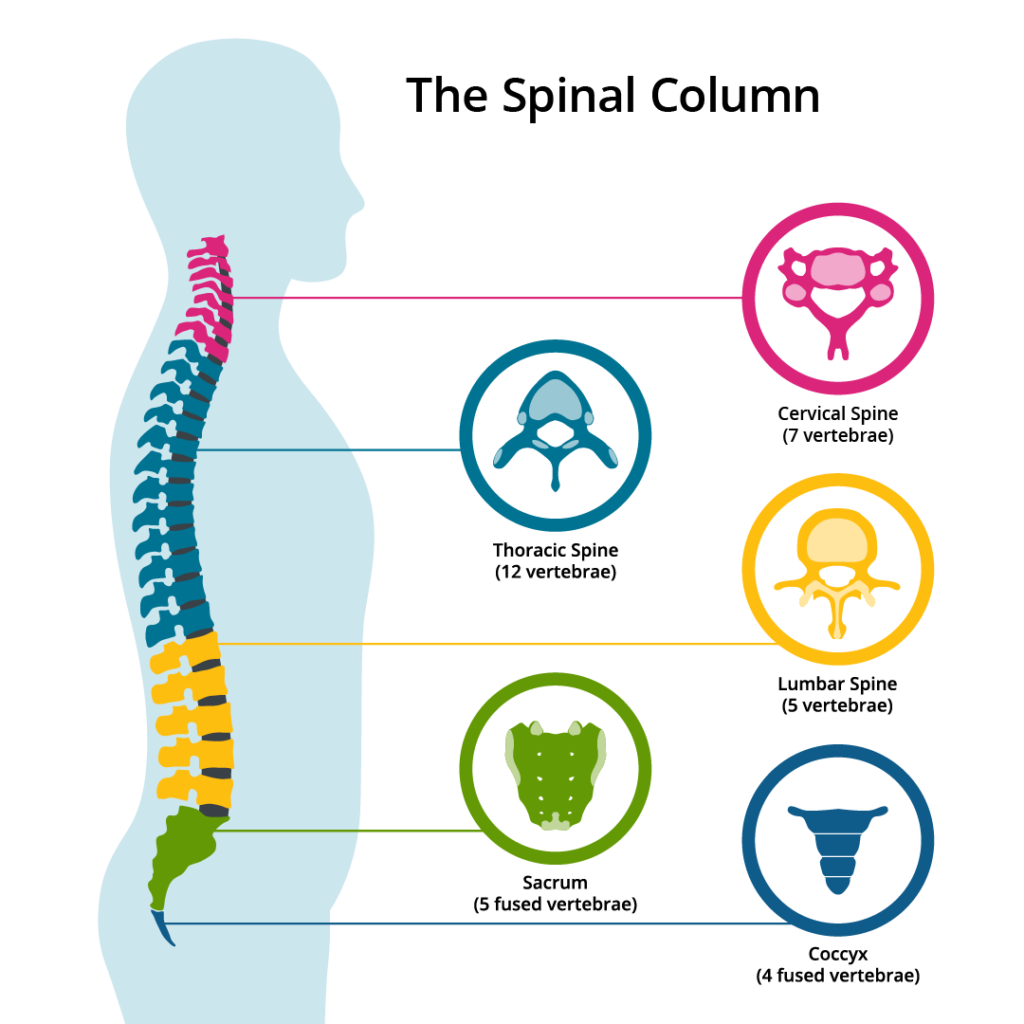
The Neck/Cervical Spine
The cervical spine has a natural gentle C-shaped curve also known as a lordotic curve (an inward curve). A dowager’s hump is the abnormal outward curvature of the thoracic spine of the upper back that can be caused by a forward head posture (Elmeged et al., 2021). A forward head posture can occur when the head moves forward, the torso moves backwards and the hips tip forward to compensate. Sustaining this posture overtime can result in the natural curve of the cervical and lumbar spine becoming less lordotic.
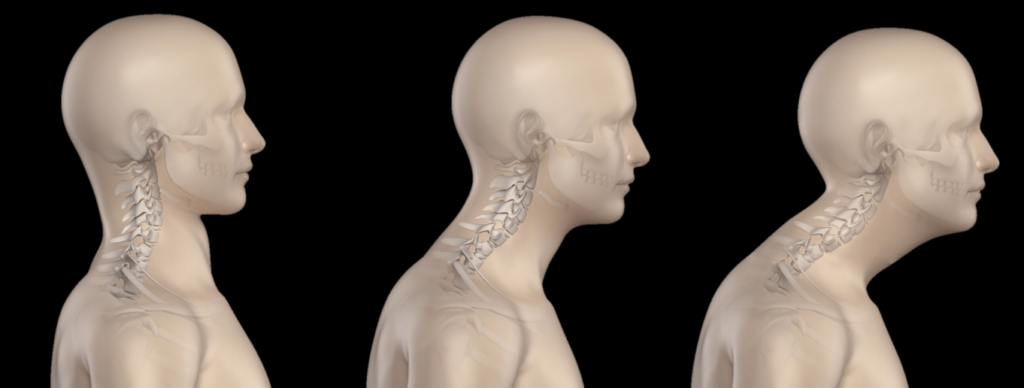
Studies have shown that individuals with “straight” or “kyphotic” cervical curves are eighteen times more likely to experience cervicogenic symptoms, such as neck pain and stiffness, referring pain into the arms and headaches (McAviney, Schulz, Bock, Harrison & Holland, 2005).
What the literature says
A recent study looked at the effect work environment and ergonomic features have on an individual’s neck pain intensity, sleep quality, mental health, and health status in office workers during the COVID-19 pandemic (Çiftçi & Demirhan, 2022). All participants were divided into two groups dependent on their location of employment; group one comprised of individuals who worked in the office and group two comprised of individuals working from home.
There was a statistically significant difference between groups according to the rate of absence of back support. Group two (home office workers) demonstrated a higher incidence rate of absence of back support. They also found home office workers were more likely to use chairs without adjustable seat height or arm support.
They found the participants who work more than three hours at the computer without a break had statistically significant difference in neck pain intensity scores compared to those who worked at a computer for one to two hours.
Overall, the health-related quality of life and neck pain intensity was higher in the individuals working from home.
How can I reduce the risk of postural-related neck pain?
Ergonomics is the science of creating an efficient, comfortable, and safe work environment with the intension to eliminate discomfort and reduce the risk of developing a work injury.
Below are some of our posture tips and tricks to reduce the onset of neck and back discomfort:
Keep moving and take regular breaks:
Avoid prolonged sitting and try to get up every 30 minutes. Set an alert on your watch, phone, or computer to remind you to get up and move your body. It doesn’t have to be a long walk, it could be to the kitchen and back to get a class of water – motion is lotion!
Invest in a good chair:
When purchasing a chair, make sure you consider good back support, adjustable seat height and arm support.
Body positioning while sitting:
Head: Avoid forward head postures, keep your chin up and ears aligned with your shoulders
Eyes: Your screen height should be at eye level, keeping your gaze straight a head
Shoulders: Avoid rounded shoulders, sit up tall with relaxed shoulders
Arms: Your elbows should be at 90 degrees, avoid ‘dinosaur hands’ when typing on the keyboard
Back: Stay tall and sit back into the chair
Feet: Keep your feet flat on the floor, adjust the height of your chair to allow for this
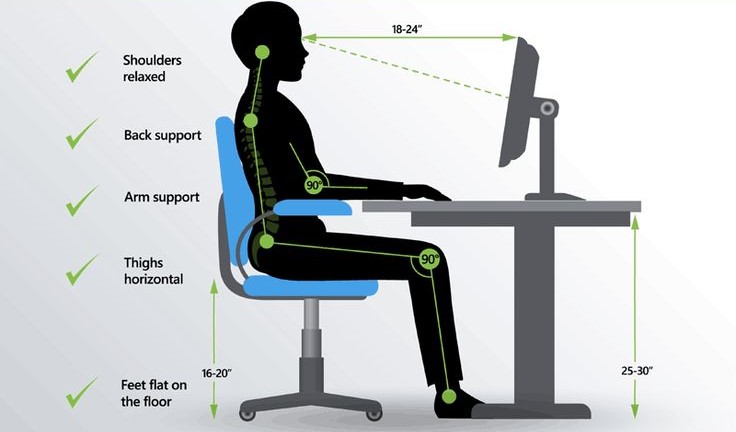
If you are experiencing neck pain that is persistent or getting worse, see a health professional or physiotherapist. A physiotherapist can complete a full musculoskeletal assessment and find ways to manage your pain with modalities such as heat, tissue release, joint mobilisations, postural advice, stretches and strengthening exercises.
Written By Isabella Hutchinson (Physiotherapist)
REFERENCES
Çiftçi, B., & Demirhan, F. (2022). Investigating The Impacts of Working at Home Among Offıce Workers With Neck Pain on Health Status, Depression and Sleep Quality During COVID-19 Pandemic. International Journal Of Occupational Safety And Ergonomics, 1-25. doi: 10.1080/10803548.2022.2090132
Elmeged, N., Ibrahim, A., Labib, A., Ahmed, A., Mohamed, G., & Kamal, H. (2021). EFFECT OF MCKENZIE EXERCISES ON FUNCTIONAL NECK DISABILITY IN FEMALES WITH DOWAGER’S HUMP. Egyptian Journal Of Applied Science, 36(5), 163-182. doi: 10.21608/ejas.2021.195510
McAviney, J., Schulz, D., Bock, R., Harrison, D., & Holland, B. (2005). Determining the Relationship Between Cervical Lordosis and Neck Complaints. Journal Of Manipulative And Physiological Therapeutics, 28(3), 187-193. doi: 10.1016/j.jmpt.2005.02.015
